Unexplored rivers hold secrets beneath their waters, teeming with elusive freshwater fish. These unique species captivate scientists and anglers alike. This article delves into the mysterious world of these incredible fish, revealing their origins and why they remain elusive.
Amazonian Arapaima
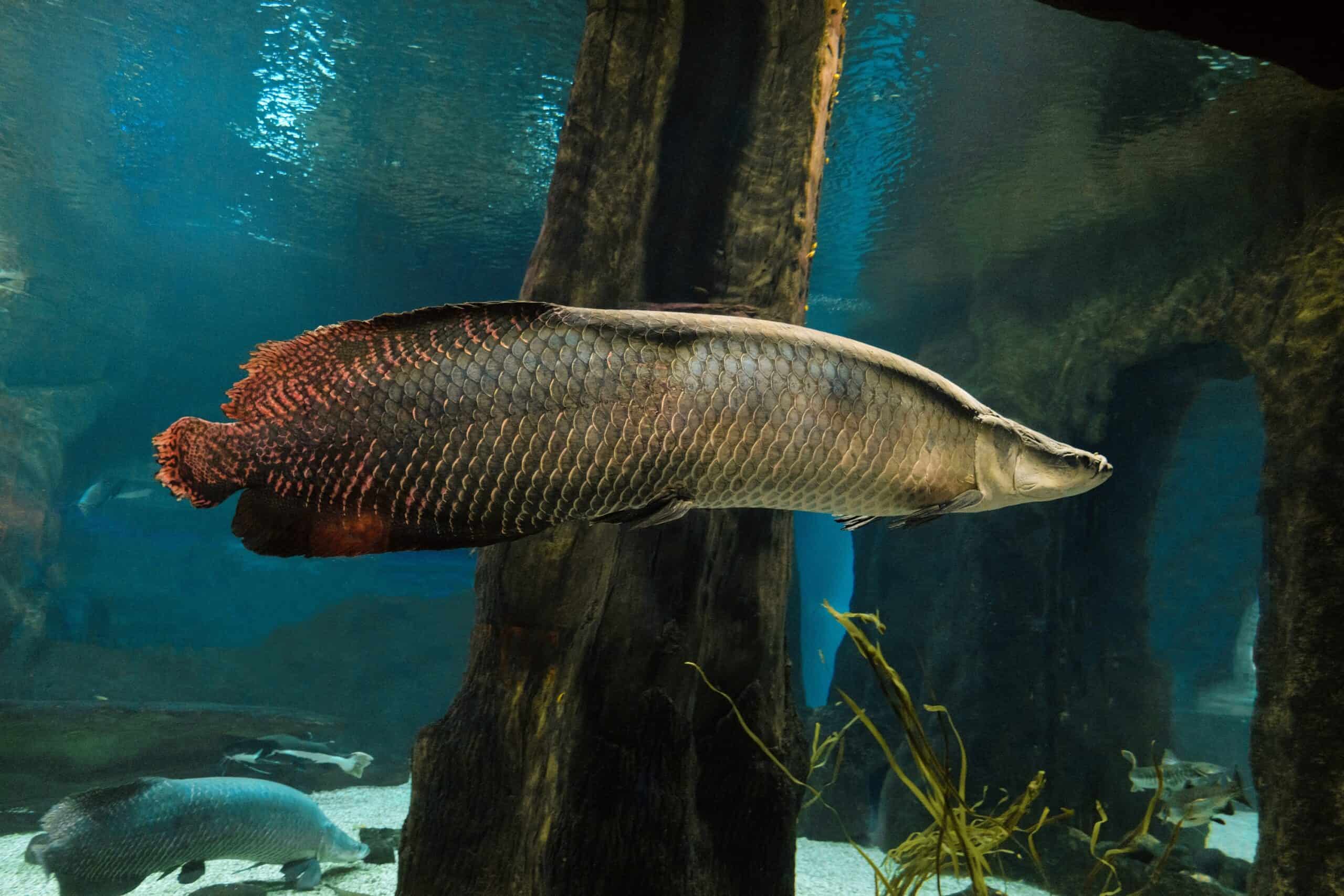
Originating from the Amazon Basin, the Arapaima is one of the largest freshwater fish in the world. It can grow up to 10 feet long and weigh over 400 pounds. Its elongated body and sleek scales make it a remarkable sight. Found in remote, uncharted areas of the Amazon River, the Arapaima is elusive due to its shrinking habitat. This fish is known for its ability to breathe air, a unique adaptation in oxygen-poor waters.
Mekong Giant Catfish
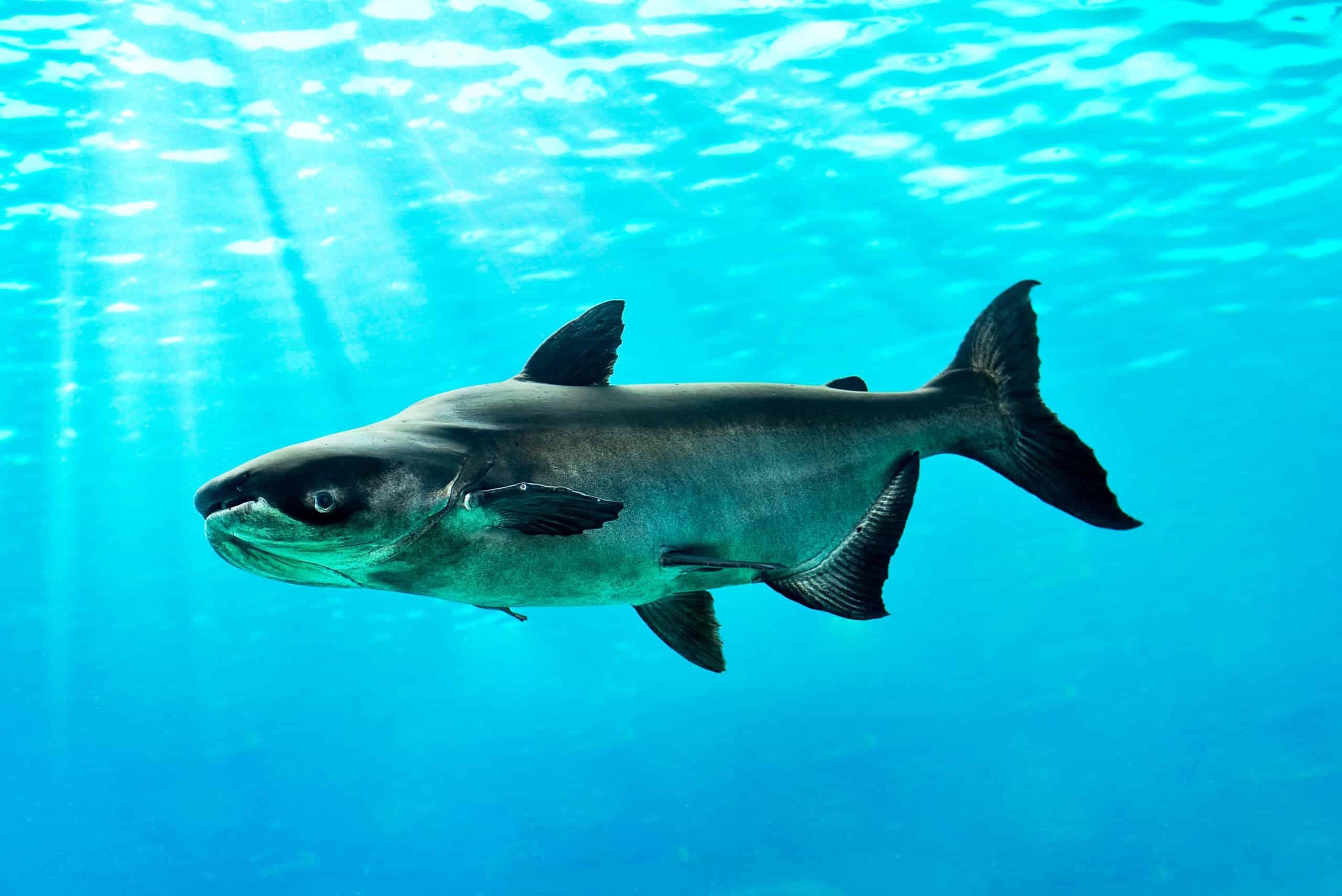
The Mekong Giant Catfish inhabits the Mekong River, primarily in Thailand, Laos, and Cambodia. It is one of the largest freshwater fish, reaching lengths of up to 10 feet and weighing over 600 pounds. This catfish is elusive due to its endangered status and limited distribution. The Mekong River’s unexplored tributaries are its refuge. Overfishing and habitat destruction threaten its population, making sightings rare and precious.
Goliath Tigerfish
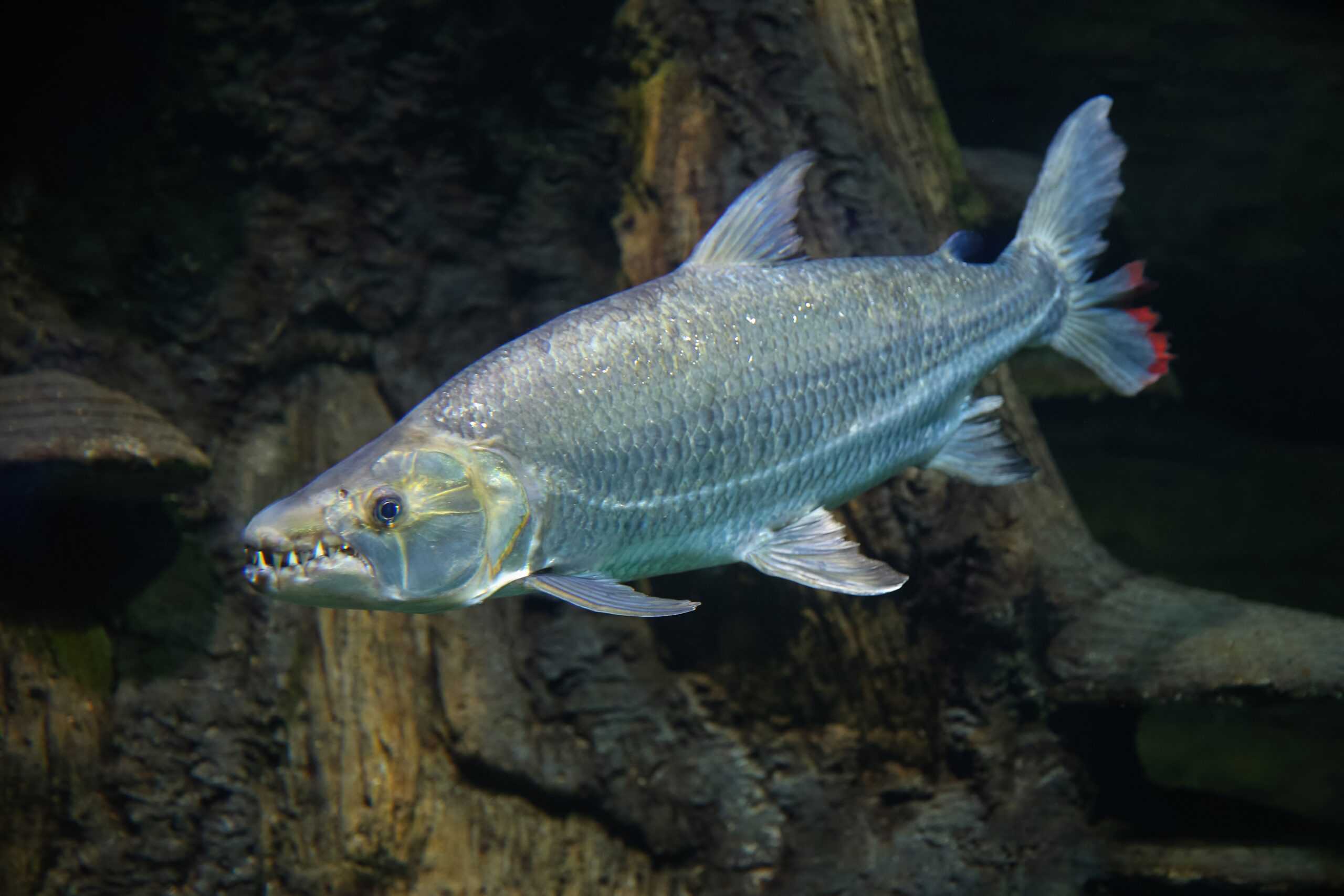
Found in the Congo River Basin, the Goliath Tigerfish is a fearsome predator. It can grow up to 5 feet long and weigh 110 pounds. Its sharp teeth and muscular build are striking. This fish is elusive due to its remote and often inaccessible habitat. The Congo River’s unexplored regions hide this powerful fish. Known for its aggressive nature, the Goliath Tigerfish is a sought-after catch for adventurous anglers.
Golden Mahseer
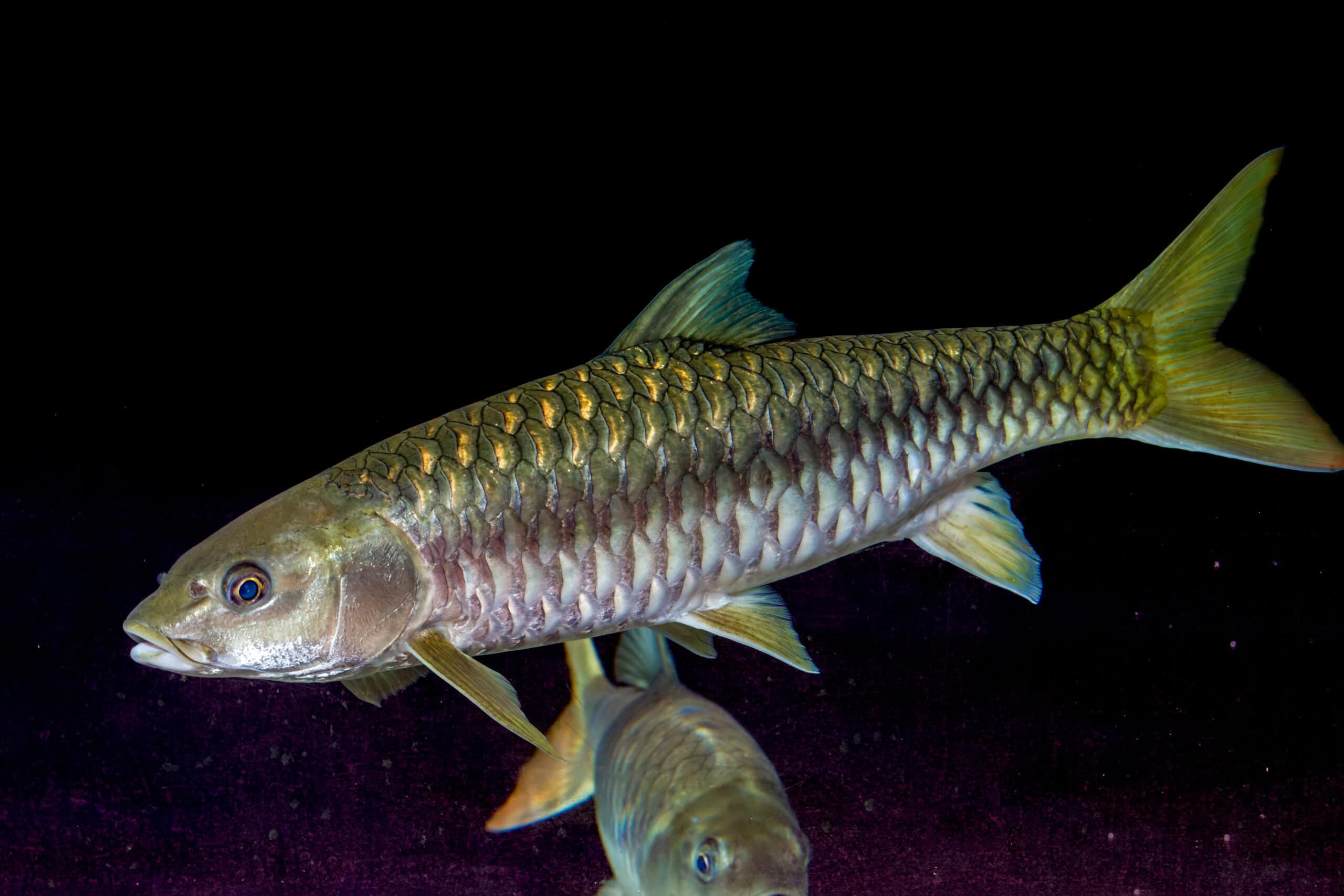
The Golden Mahseer resides in the Himalayan rivers of India and Nepal. It is celebrated for its golden scales and can reach lengths of up to 9 feet. Elusive due to overfishing and habitat loss, the Golden Mahseer thrives in unexplored mountain streams. This fish is revered in local cultures and is considered a symbol of strength and resilience.
Vampire Fish (Payara)
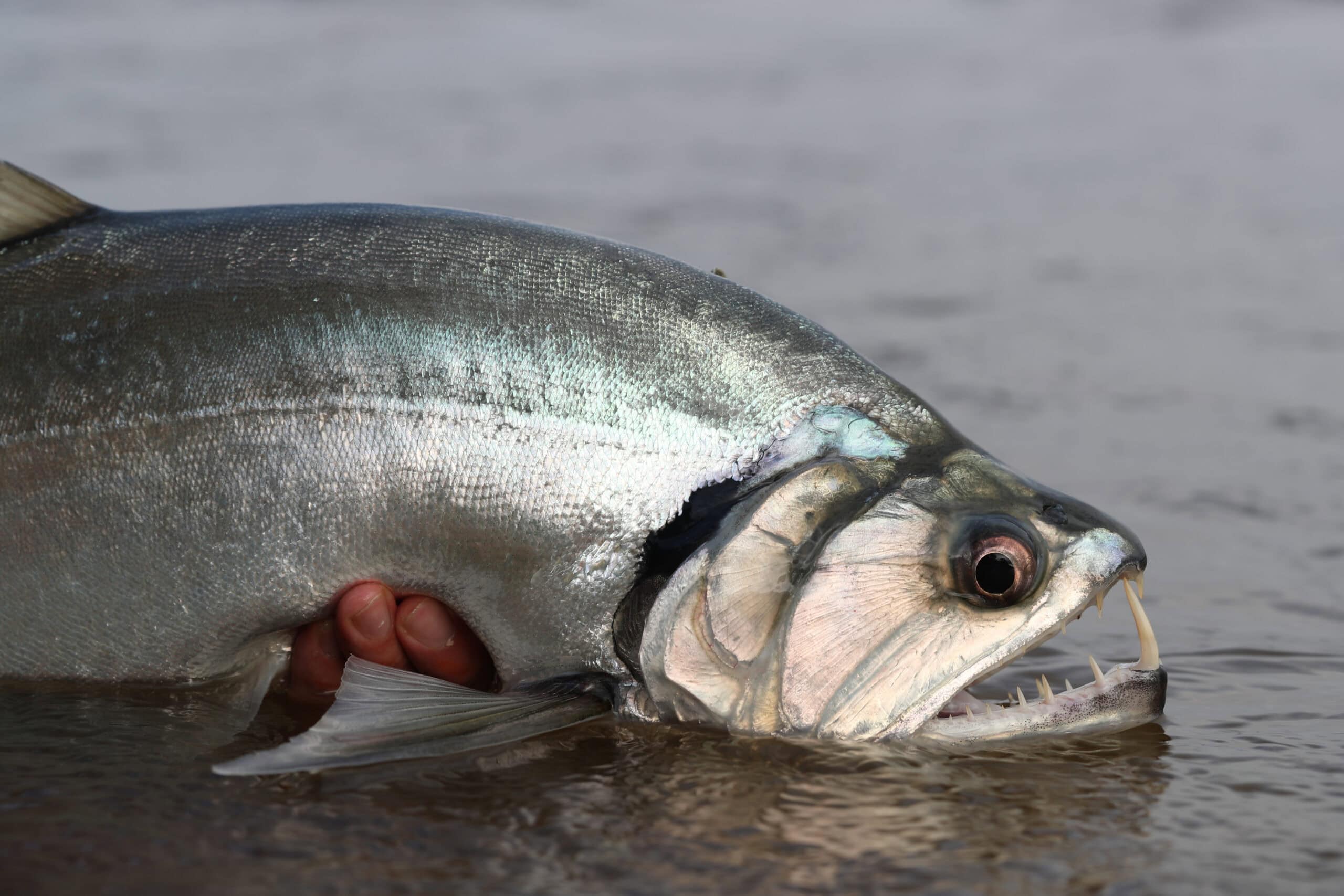
The Payara, or Vampire Fish, is native to the Amazon and Orinoco River basins. It is known for its long, sharp fangs, which can grow up to 6 inches. Elusive due to its preference for deep, fast-moving waters, the Payara is often found in unexplored river sections. Its predatory nature and unique appearance make it a fascinating species. This fish uses its fangs to impale prey, showcasing its specialized hunting skills.
Chinese Paddlefish

The Chinese Paddlefish, now critically endangered, once thrived in the Yangtze River. It is distinguished by its long, paddle-like snout and can grow up to 23 feet. This fish is elusive due to drastic population declines from habitat destruction and overfishing. Unexplored stretches of the Yangtze hold the last hopes for its survival. Efforts to locate and protect any remaining individuals are ongoing.
Alligator Gar
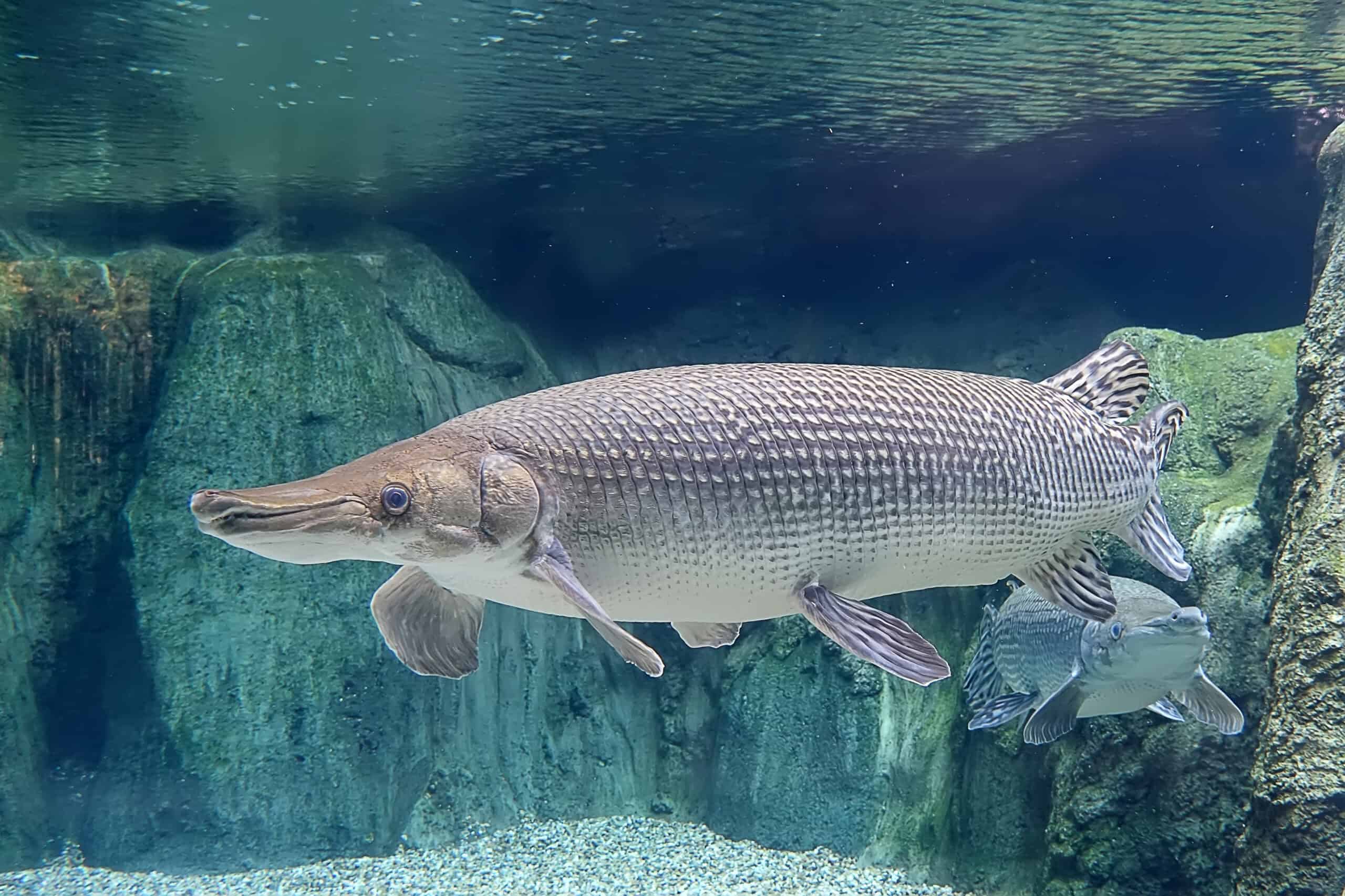
The Alligator Gar is native to the rivers of the southeastern United States, particularly the Mississippi River Basin. It can grow up to 10 feet long and is recognized for its elongated body and gator-like snout. Elusive due to its nocturnal habits and preference for deep waters. It is one of the oldest fish species, with fossils dating back over 100 million years. Its resilience and ancient lineage make it a fascinating subject of study.
Nile Perch
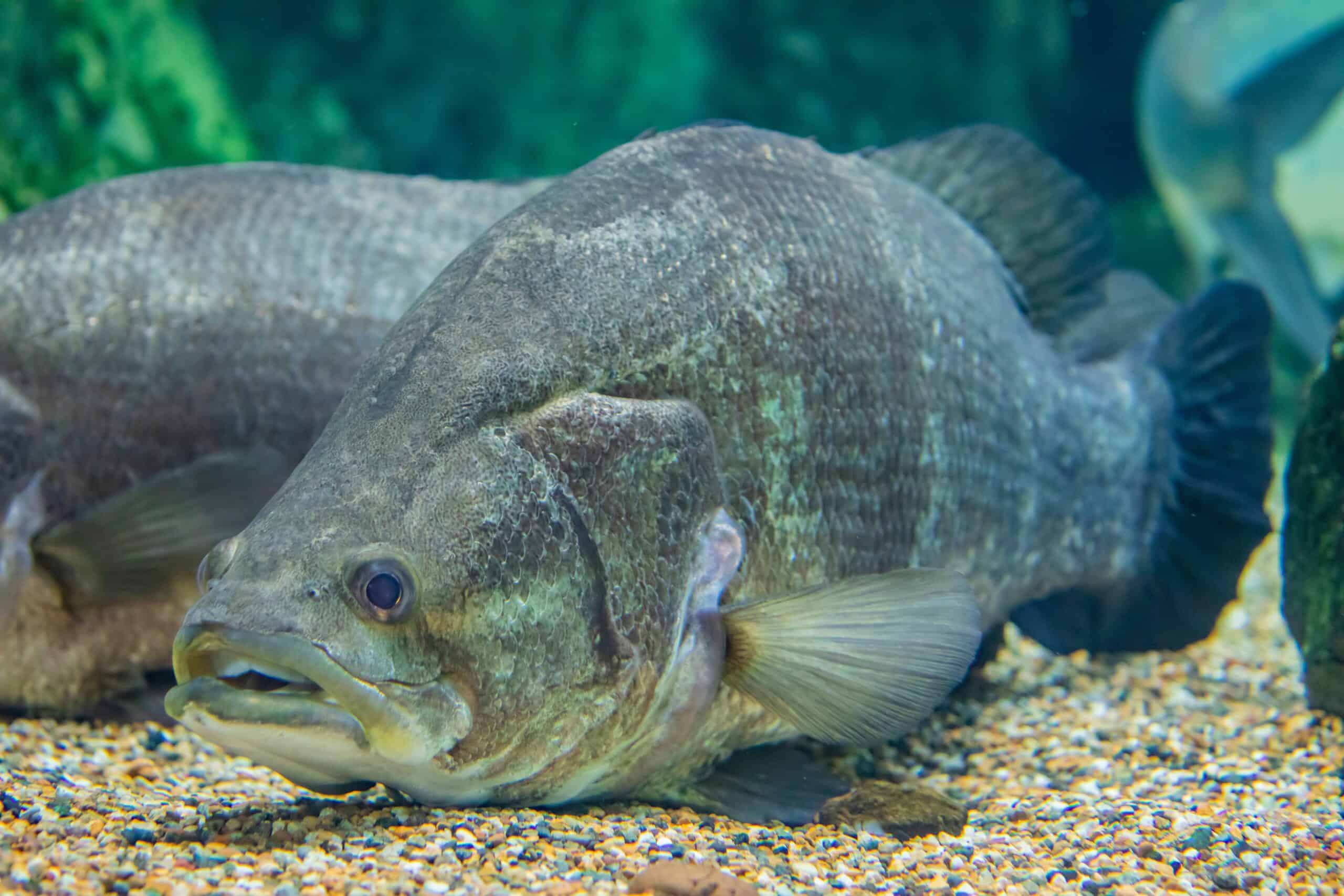
Originating from the Nile and other African lakes, the Nile Perch is a massive predator. It can grow up to 6 feet long and weigh over 400 pounds. Its silvery body and large mouth make it easily recognizable. The Nile Perch is scarce due to overfishing and habitat changes. It thrives in the unexplored regions of Lake Victoria. This fish is crucial for local economies but also poses a threat to native species.
Electric Eel
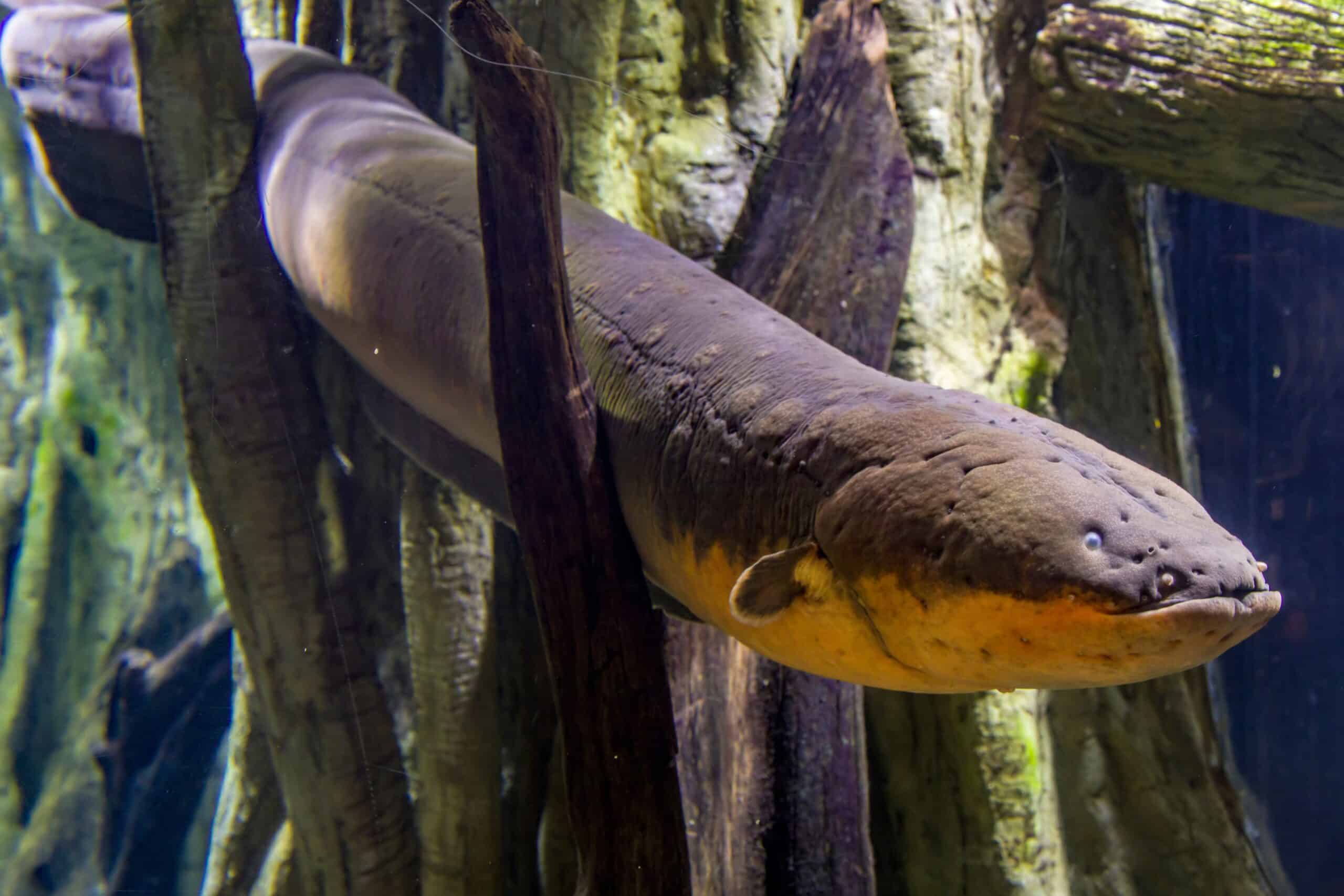
The Electric Eel is native to the Amazon and Orinoco River basins. It can generate powerful electric shocks for hunting and self-defense. These eels can reach lengths of up to 8 feet. This species is reclusive, living in muddy, slow-moving waters. The Electric Eel hides in unexplored areas of the Amazon River. Known for its ability to stun prey, it is a fascinating study subject.
Zebra Pleco
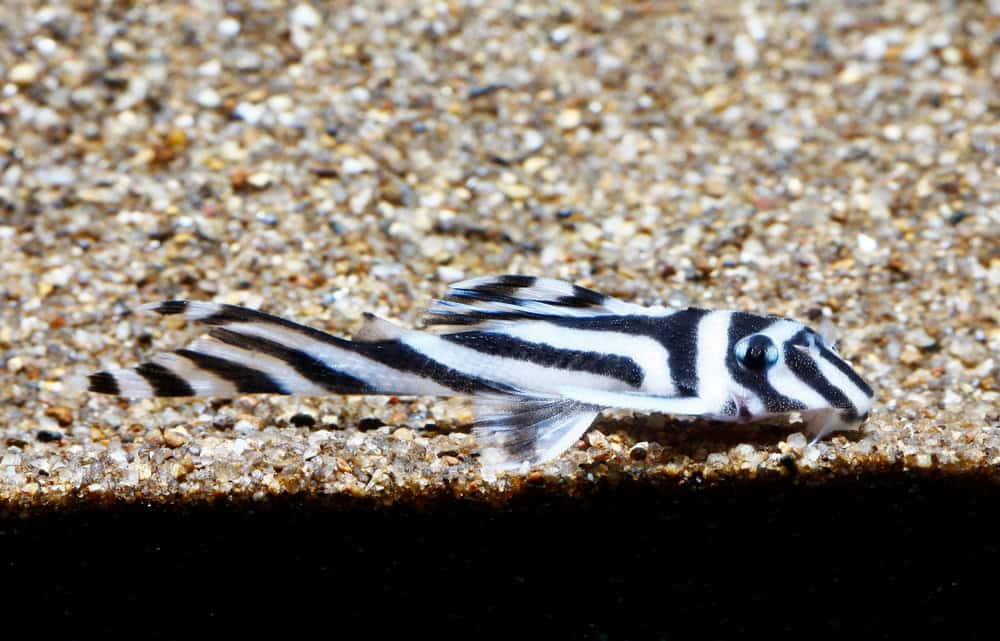
The Zebra Pleco originates from the Xingu River in Brazil. It features striking black and white stripes. This small catfish grows to about 4 inches. Its habitat is endangered by dam construction, making it rare. Found in the unexplored rapids of the Xingu River, it is a sought-after aquarium fish. Its unique pattern and peaceful nature make it highly desirable.
Australian Lungfish
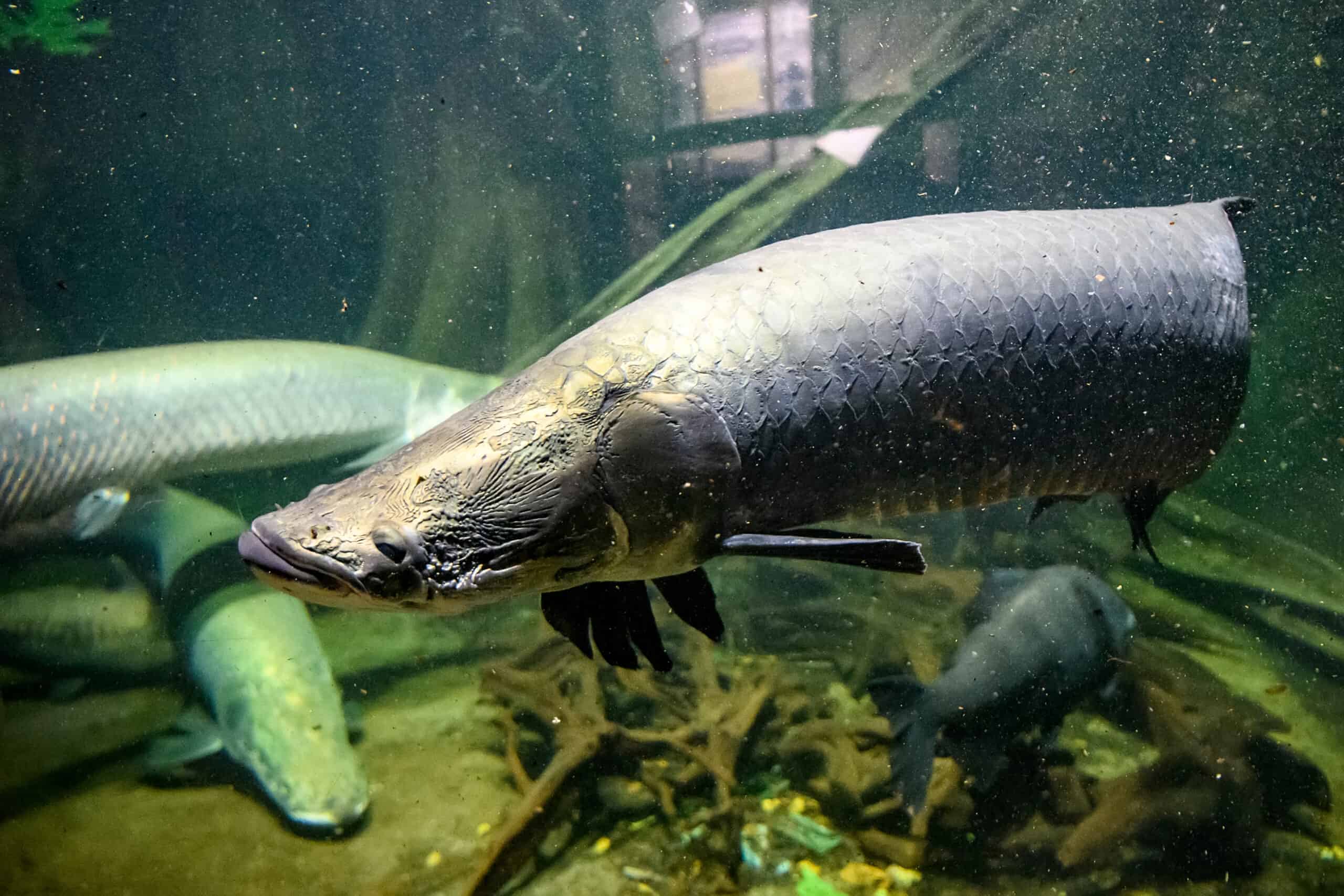
The Australian Lungfish is a living fossil from the rivers of Queensland, Australia. It has a long, eel-like body and can reach up to 5 feet. Its ability to breathe air is unique among fish. Elusive due to habitat degradation, it is found in unexplored areas of the Burnett River. This species is critical for studying evolutionary biology. Its lung-like breathing mechanism offers insights into ancient life forms.
Candiru (Toothpick Fish)
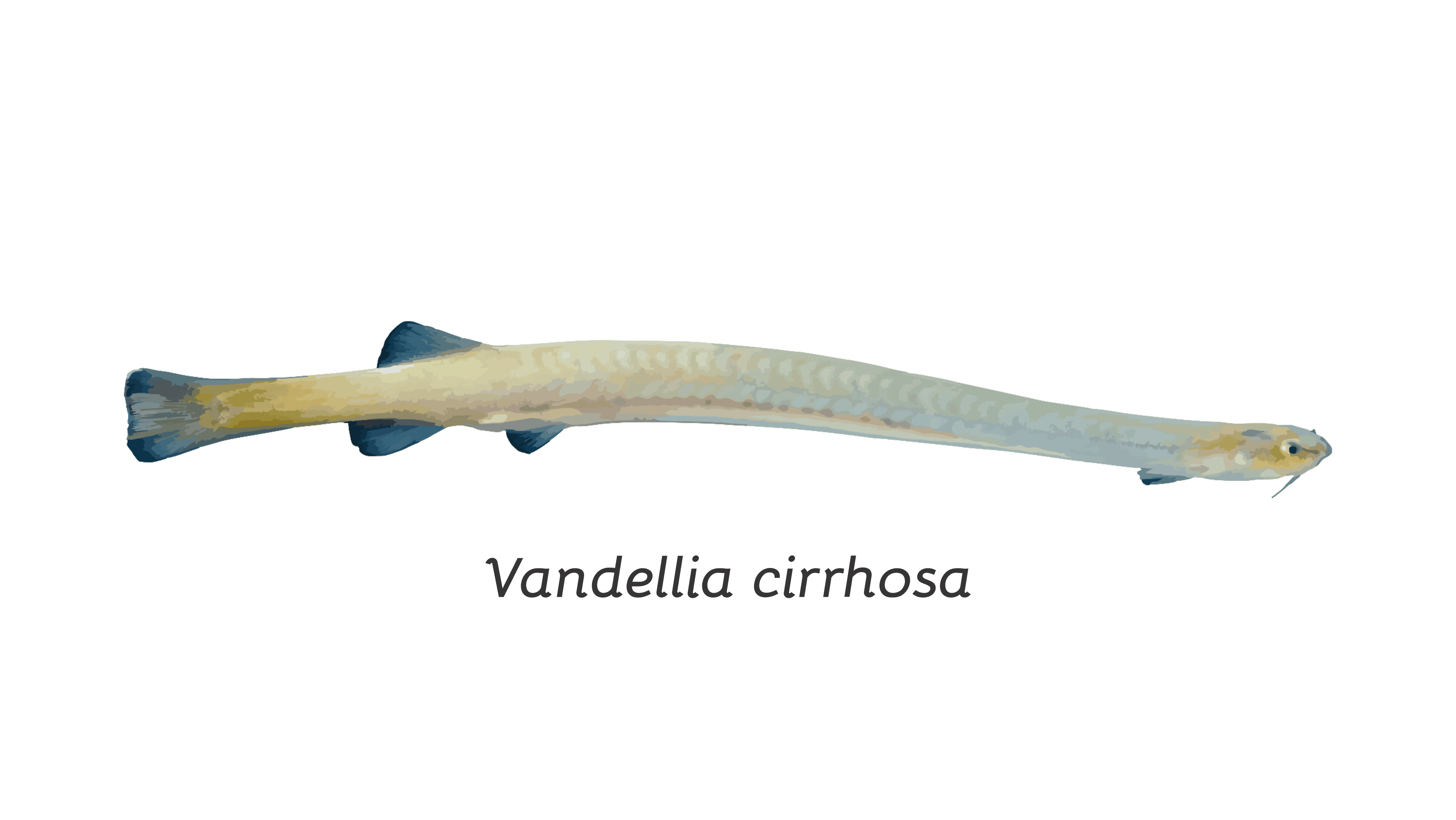
The Candiru, also known as the Toothpick Fish, is native to the Amazon Basin. It is small and parasitic, known for its notorious reputation. It rarely exceeds 2 inches in length. This fish is difficult to find due to its secretive nature. It inhabits unexplored sections of the Amazon River. Despite its fearsome reputation, it plays a role in the river’s ecosystem.
Arowana (Dragon Fish)
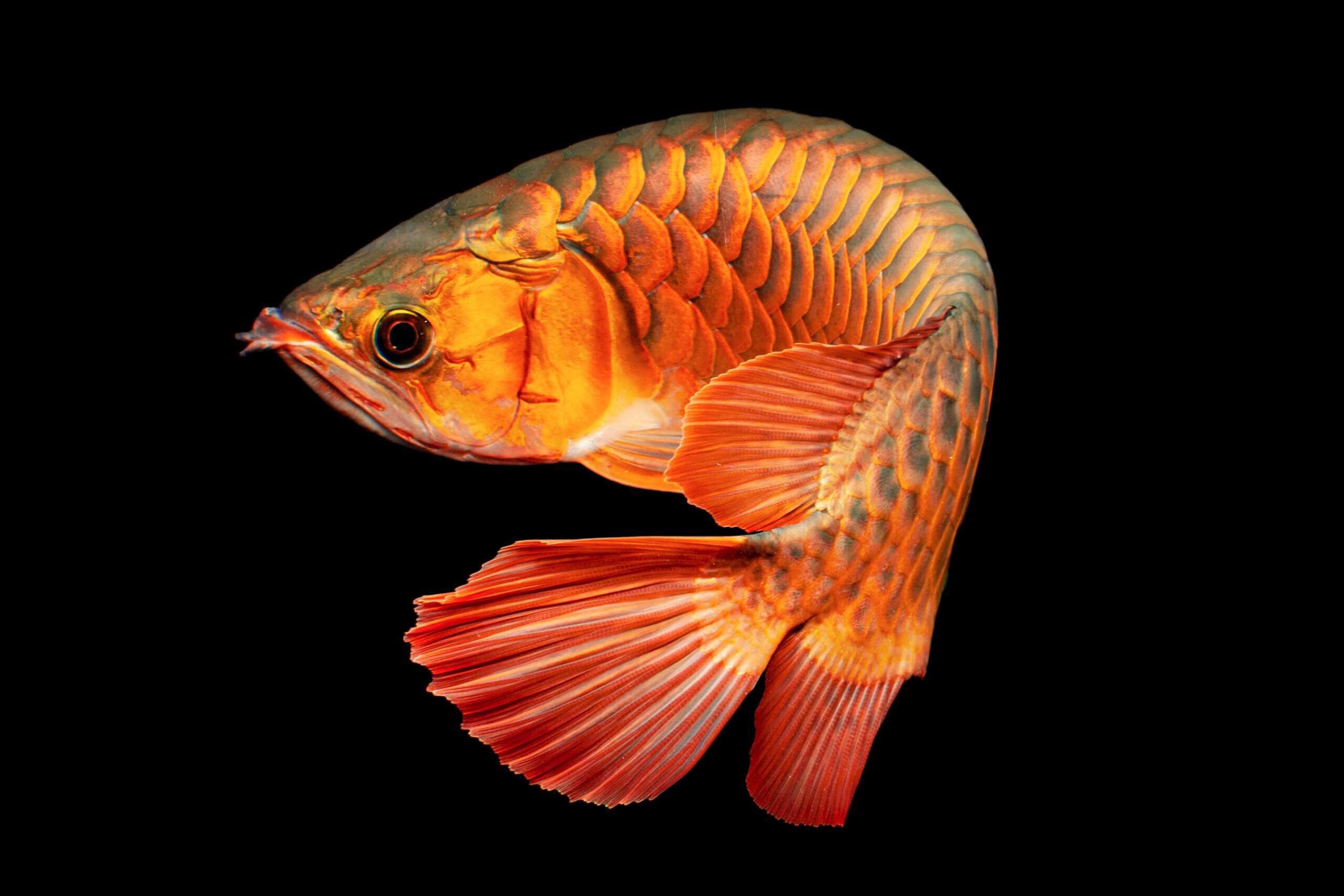
The Arowana, or Dragon Fish, is found in the rivers of South America, Asia, and Australia. It can grow up to 4 feet long and is known for its metallic sheen and graceful movements. Rare due to overfishing and habitat loss, it is often found in unexplored tributaries of the Amazon and Mekong Rivers. The Arowana is revered in many cultures for its beauty and is believed to bring good luck. Its unique ability to jump out of the water to catch prey makes it a captivating species.
This article originally appeared on Rarest.org.
More from Rarest.org
1972 Roosevelt Dime Value Guide

The United States Mint produced the Roosevelt Dime in 1972. This coin is made of a clad material, which means that the inner core is solid copper and the outer layer is a combination of copper and nickel (91.67 percent Copper – 8.33 percent Nickel). Read More.
1976 Washington Quarter Value Guide

The 1976 Washington quarter is a copper-nickel-clad coin that is composed of 75% copper and 25% nickel. Read More.
1967 Jefferson Nickel Value Guide

In 1938, the Jefferson Nickel was introduced to replace the Buffalo Nickel, which had been in use since 1913. Read More.
